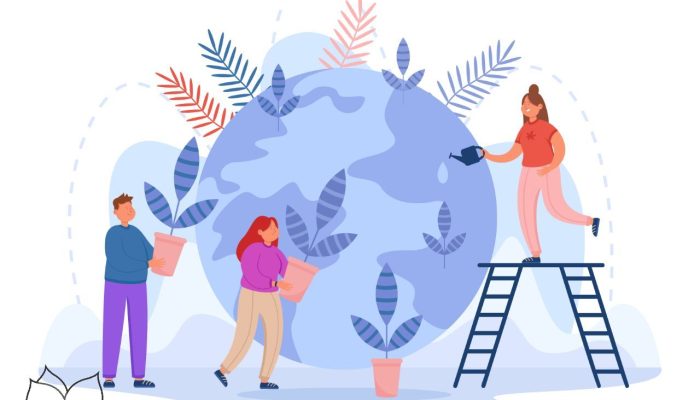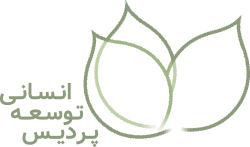
چگونه میتوانیم از علم آیندهپژوهی، برای ساختن آینده خود استفاده کنیم؟

You might hear about career sustainability in the texts on your curricula. In this essay, we have a look at this important concept for business management and marketing students. However, this would help someone who wants to build a career for him/herself individually.
The notion of career sustainability has emerged from an integration of socioeconomic factors such as the continuing changes that organizations encounter in the high complexity and globalization of business and labor markets (Hall, Yip, & Doiron, 2018).
De Vos and colleagues have proposed one of the well-known models of career sustainability. Their conceptualization of this notion was built on the definition by Van der Heijden and De Vos (2015). In their view, sustainable careers refer to “sequences of career experiences reflected through a variety of patterns of continuity over time, thereby crossing several social spaces, characterized by individual agency, herewith providing meaning to the individual‖ (p. 7).”
Through their model, career sustainability is respected neither a linear nor a stable phenomenon, and the main process to obtaining a sustainable career is person-career fit, or the degree to which a person’s career experiences are aligned with their needs, values, interests, and talents (Parasuraman, Greenhaus, & Linnehan, 2000) which resulted in high levels of health, happiness, and productivity (Van der Heijden, 2005).
Two important issues in their models are individual and contextual elements connected to career management. In this vein, career sustainability begins with the individual career actor and develops within a context over time. To put it in the simple words, during a period, an employee may experience high degree of happiness at the starting point while experience low degree of happiness at the end the period. The employee’s feelings and health may be changed and are not fixed. Therefore, it is critical that employees learn how to increase personal development and professional competences to manage unpredictable changes and enhance organizational effectiveness. Moreover, a variety of influential elements including institutional, national, and professional have received considerable attention from organizational researchers.
Here the role of employers is critical in the sustainability of employees’ careers across the lifespan since they can have many contributions to the enrichment of employees’ effectiveness, for instance, by providing diverse work experiences, chances for development, and support for work-life balance (Baruch, 2006). This highlights the significant influence of Human Resource Management (HRM) and employer-supported career management in promoting employees’ productivity, health, and happiness in their careers (Van der Heijden, 2005) over time.
One of the important factors that Human Resource Management places value to increase employees’ capacity in their career path is career adaptability (Collie & Martin, 2016). Generally, adaptability is critical in one’s personal growth. It is defined as a person’s capacity to have an adjustment to changing conditions happen in one’s career life. It’s found that a person’s adaptability is associated with a person’s perception of life, his or her purpose, and the meaning of life. In an organizational context, researchers found that a person’s adaptability has been cultivated when the workplace climate is full of enjoyment, job satisfaction, and achievement.
In 2012, Martin and his colleagues proposed a tripartite model of adaptability (cognitive adaptability, behavioral adaptability, and emotional adaptability) in educational organizations. To have a better illustration of their model, suppose that a teacher wants to teach a new subject. First, he should regulate his thoughts to find an association between new subjects and familiar issues (cognitive adaptability). In the second phase, the teacher regulates behavior to seek out an experienced person who possesses relevant knowledge in the new subject (behavioral adaptability). Finally, in the third phase, the teacher regulates emotions to find a solution in an appropriate and timely manner (emotional adaptability).
Collie, R., & Martin, A. (2016). Adaptability: An important capacity for effective teachers. Educational Practice and Theory, 38(1), 27-39.
Van der Heijden, B., De Vos, A., Akkermans, J., Spurk, D., Semeijn, J., Van der Velde, M., Fugate, M. (2020). Sustainable careers across the lifespan: Moving the filed forward. Journal of Vocational Behavior, 117, 1-9.

